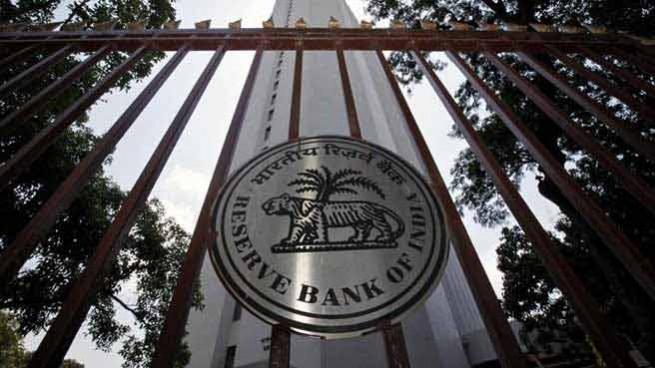
The loan-to-deposit ratio reached to a 47-year high in December as firms have approached banks after Infrastructure Leasing and Financial Services Ltd (IL&FS) defaulted on its repayments, forcing a muted demand for commercial papers.
Citing a 7th January report from JM Financial, Mint has reported that banks' credit-to-deposit (C-D) ratio spiked to 78.6 percent in December, which is highest in almost 47 years since March 1971, when it stood at 79.3 percent.
The Reserve Bank of India (RBI) data highlighted that credit jumped 15.1 percent as against a year earlier in the month of December, meanwhile the deposits increased 9.2 percent during the same period.
Notably, out of the total incremental credit expansion of ₹6.3 trillion in the current financial year, last four months of the ended in December registered a credit offtake of ₹4.8 trillion. The dried up cash in the NBFC sector has forced the companies to look up to the commercial bank for their liquidity requirement.
Rupa Rege Nitsure, group chief economist at Larsen and Toubro Finance Holdings said: "The divergence between credit growth and deposit growth has widened to 600 bps (basis points), as per the RBI data." He further added that "This means a few banks have become more aggressive in the lending post the liquidity tightness for NBFCs (non-banking financial companies). Several small NBFCs with lower credit ratings have been curtailing disbursements for want of adequate funds."
Industry experts are of the opinion that one of the major reasons why the gap between credit and deposit has increased is an outflow of the funds from the bond market to the credit market.
Rising bond yields
In the last one year, bond yields have increased from 6.48 percent on 1 September 2017 to 8.18 percent by 9 November, last year. Moreover, the cash crunch due to the default of IL&FS resulted in volatility in the commercial paper market which helped the credit offtake in the banking sector.
Soumya Kanti Ghosh, group chief economic adviser, SBI, said: "Deposit growth has been stagnating over the last few months and credit growth has been pushing up. With elections approaching, currency leakage could continue and slow down deposit accretion to banks. That could weigh on credit growth over the next two months."

















